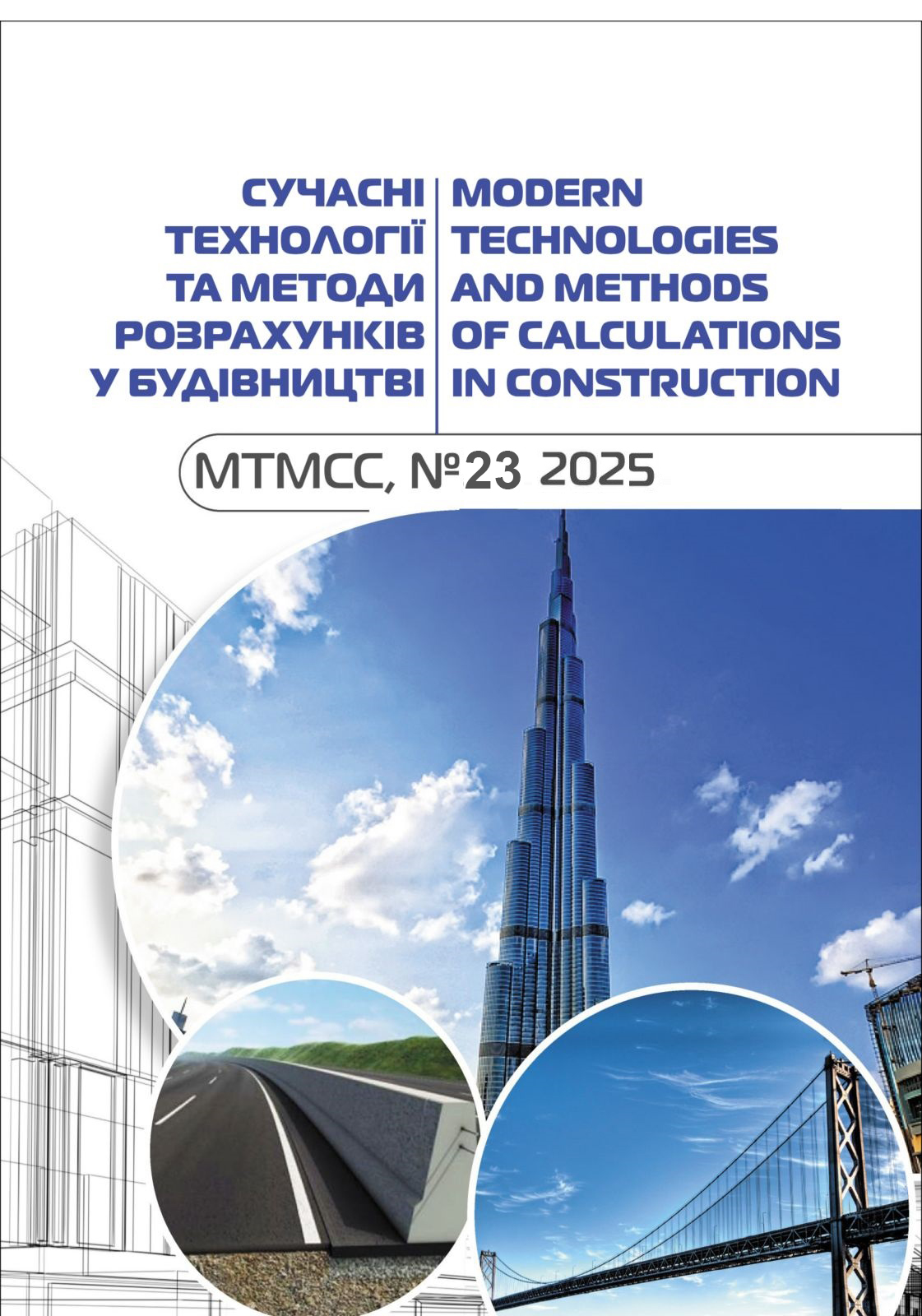Effective schedule planning for bus routes with intersections
DOI:
https://doi.org/10.36910/6775-2410-6208-2025-13(23)-22Keywords:
bus scheduling, optimization, intersecting routes, mathematical modeling, transport logistics.Abstract
This paper examines the optimization of public transport schedules to reduce passenger waiting times and improve overall efficiency. Efficient scheduling is crucial in urban transportation, where delays and long headways lead to overcrowding and passenger dissatisfaction. Addressing these challenges requires advanced mathematical modeling and algorithmic approaches. During the research, various optimization techniques were explored, with particular emphasis on the greedy algorithm, initially considered due to its intriguing name. Despite its simplicity, this algorithm showed significant potential for solving scheduling problems by making locally optimal choices at each step. The implementation of this approach was analyzed and compared to traditional scheduling methods.
A key contribution of this study is the development of an optimization framework integrating the greedy algorithm into public transport scheduling. The proposed method enables efficient adjustment of bus arrival times and minimizes headways between consecutive vehicles. The implementation code plays a crucial role in supporting this framework, allowing real-time adjustments and optimized schedules. To validate the proposed approach, experimental testing was conducted on bus routes in Lutsk. Results showed a 30% reduction in average travel time compared to conventional scheduling. Optimized schedules also improved passenger distribution, reduced congestion, and enhanced service reliability. This research provides valuable insights for urban transport planning, highlighting the potential of algorithmic optimization. Future work may integrate dynamic demand fluctuations and multimodal transport networks to refine scheduling strategies.
In the Introduction section, we review the literature and state the aim and objectives; Materials and Methods describes the uncertainty assessment and numerical implementation; Results and Discussion presents the simulation statistics and a real-data example; the Conclusions highlight the universality and practical value of the proposed algorithm.


